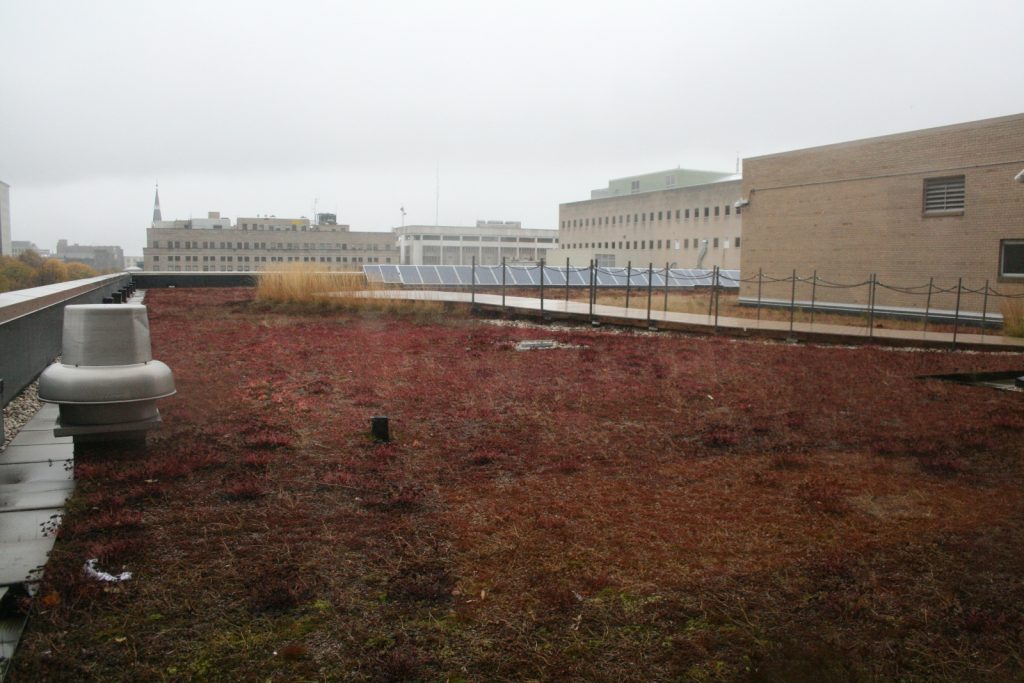City Seeks 20% Cut in Energy Costs for 106 Buildings
And 45% emissions reduction. Seeking contractor, federal funding to meet climate goals.
The City of Milwaukee will soon seek a contractor to make its buildings substantially more energy efficient in an effort to save money, reduce the city’s environmental footprint and take advantage of funding in the Inflation Reduction Act.
A recently adopted resolution grants the Environmental Collaboration Office (ECO) authority to seek a vendor to provide a guaranteed energy savings performance contract.
The strategy involves paying for upgrades by using financial savings in future years. A common example is converting to LED lighting, where a contractor identifies the correct lighting to be used, guarantees a savings rate, helps secure third-party financing to pay for the upfront cost and then installs the lights.
Following a U.S. Department of Energy effort, the Better Buildings Challenge, the city is seeking to cut its building energy use by 20%. The energy contractor, selected via a request for proposal (RFP) process, would also advance the city towards a 45% emissions reduction by 2030 and achieving net-zero emissions by 2050.
“We have a lot of energy conversation measures identified, but those need to be updated,” said city sustainability program manager Pamela Ritger de la Rosa to the Public Works Committee on Sept. 26. The contractor would analyze existing plans and suggest changes, then advance to making the improvements.
The draft RFP says there are 106 city buildings, including office buildings, parking structures and garages that are candidates.
“We have a strategy here to scale up how fast we do solar and energy-efficiency in city buildings,” said ECO director Erick Shambarger.
“And because of the Inflation Reduction Act, it’s a really good time for the city to do this,” said Ritger de la Rosa.
The city previously used the performance-based contract model on the Central Library in 2019. Johnson Controls made lighting upgrades, with the city determining it could save additional money by financing the $2.1 million in work itself.
Ald. Russell W. Stamper, II asked how much money the city spends on its bills with We Energies, which Ritger de la Rosa could answer without looking at her notes. In 2022, it was $5,277,099 across the 106 target buildings.
“We spend a lot of money on our utility bills every year,” she said of the figure, which excludes street lighting and the Milwaukee Water Works.
The city has pursued the Better Buildings Challenge since it was announced in 2011, with the program director holding a press conference to praise the city for its success in 2013.
The Common Council unanimously endorsed the RFP request on Oct. 10.
Outside of the city’s buildings, the city intends to pursue a similar energy reduction strategy for its street lights. In September, Department of Public Works officials announced they would pivot from replacing street lighting circuits as fast as possible to switching to LED lights. The move, born out of a contractor shortage, is expected to save money in future years that could be redirected toward replacing the failing underground circuits.
Legislation Link - Urban Milwaukee members see direct links to legislation mentioned in this article. Join today
If you think stories like this are important, become a member of Urban Milwaukee and help support real, independent journalism. Plus you get some cool added benefits.





















